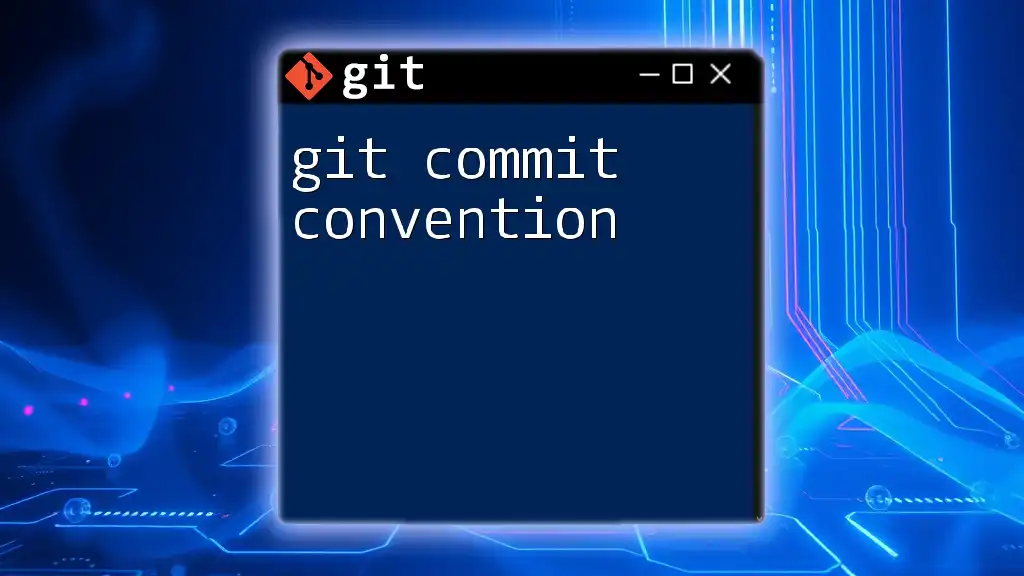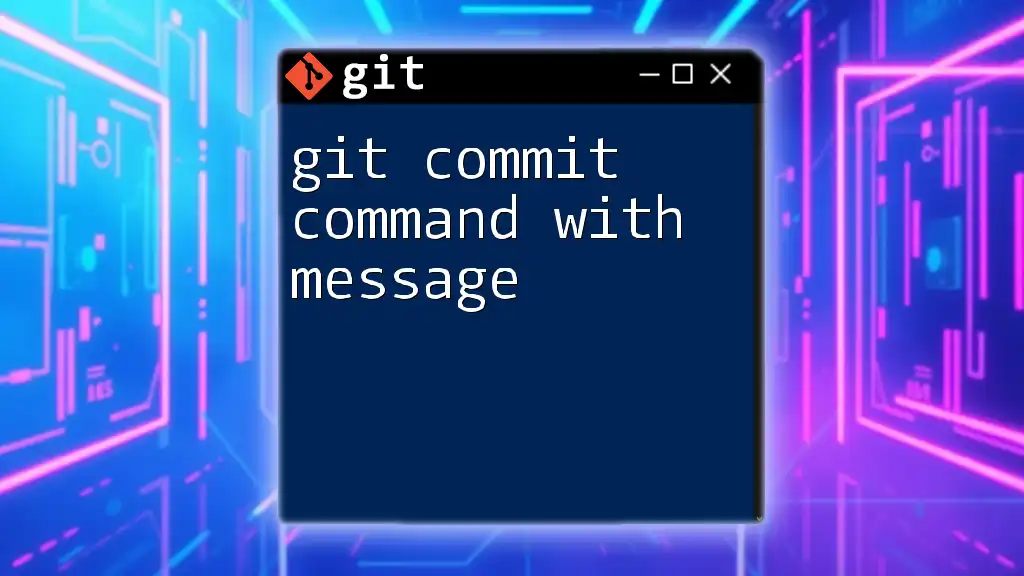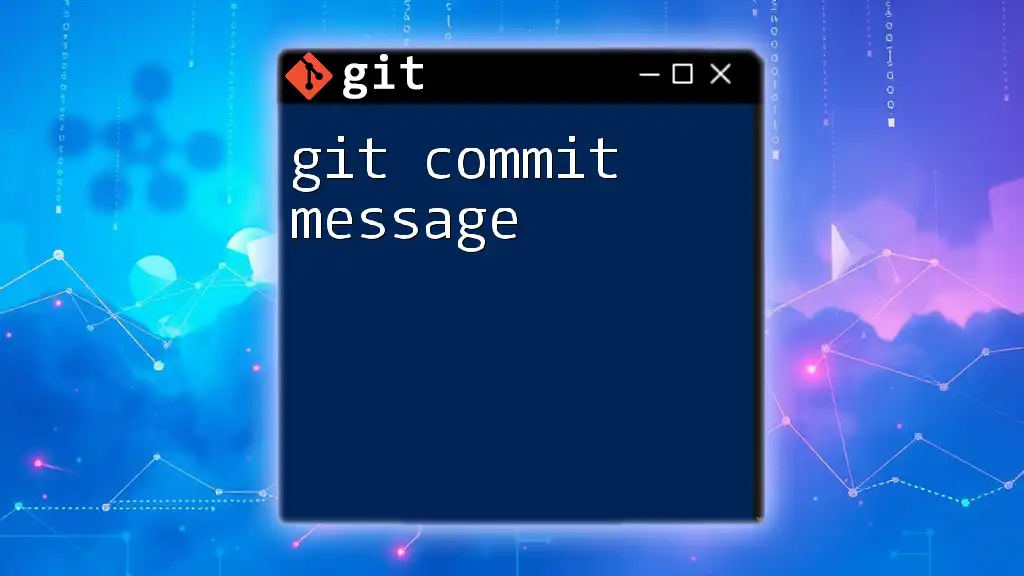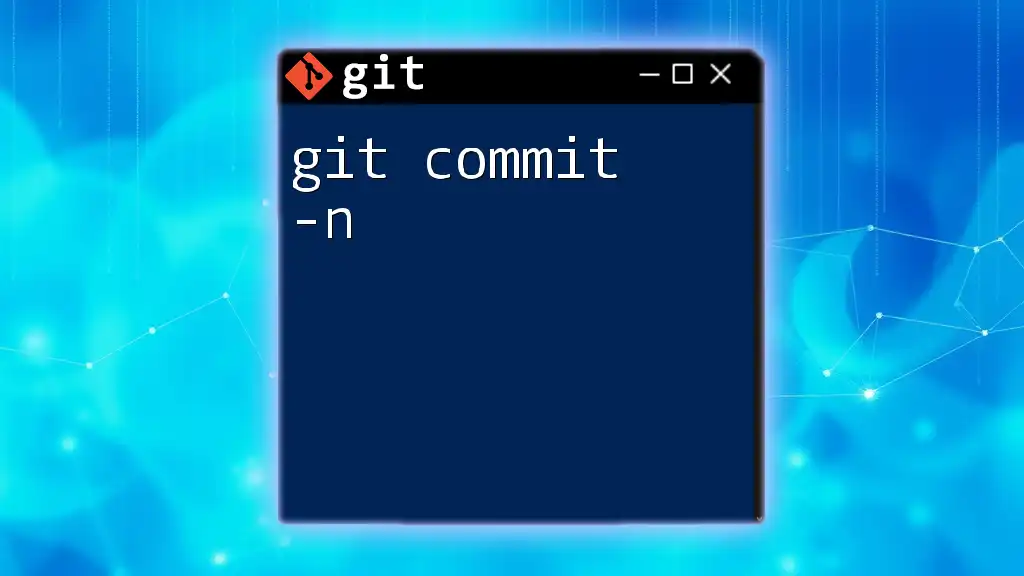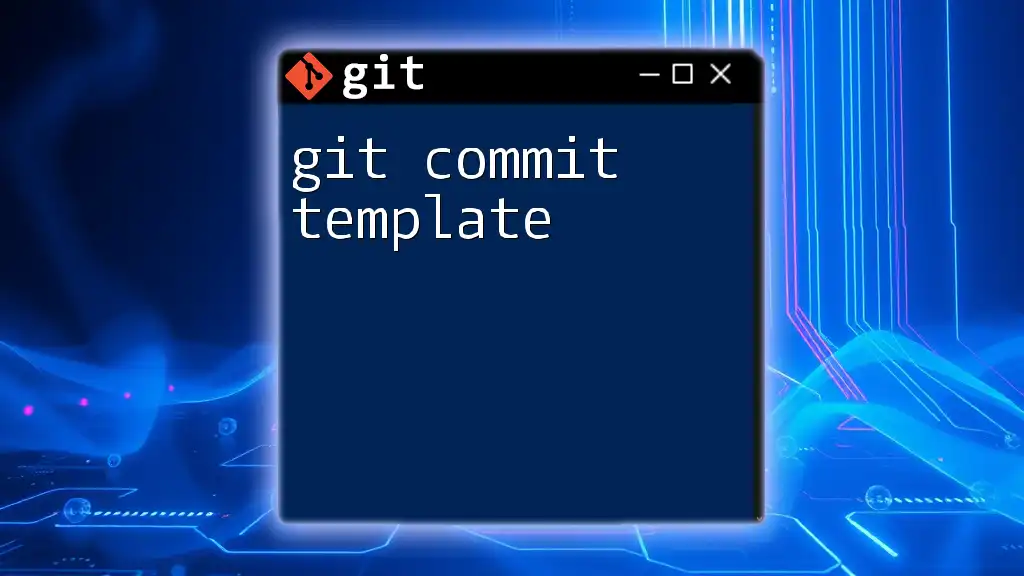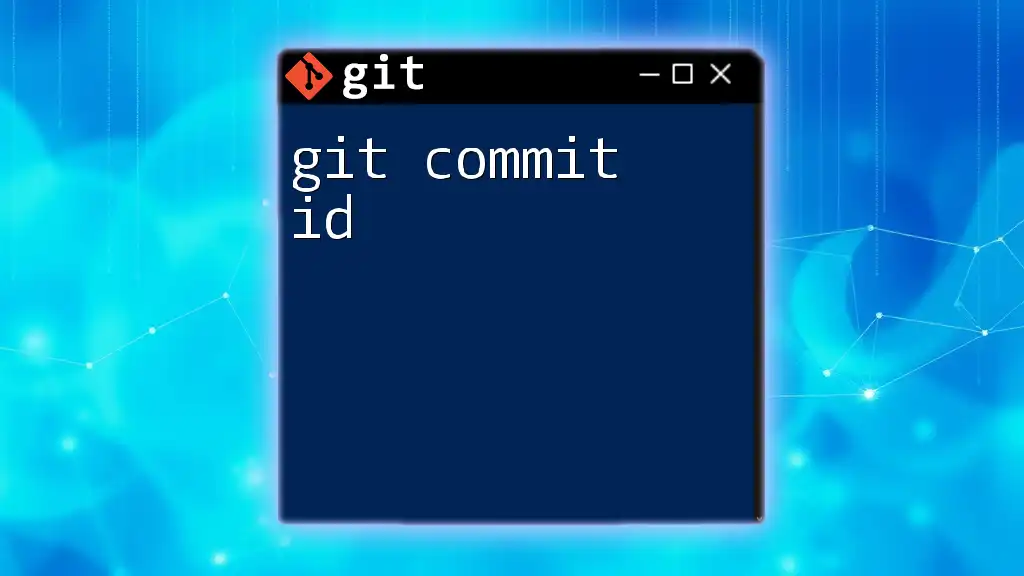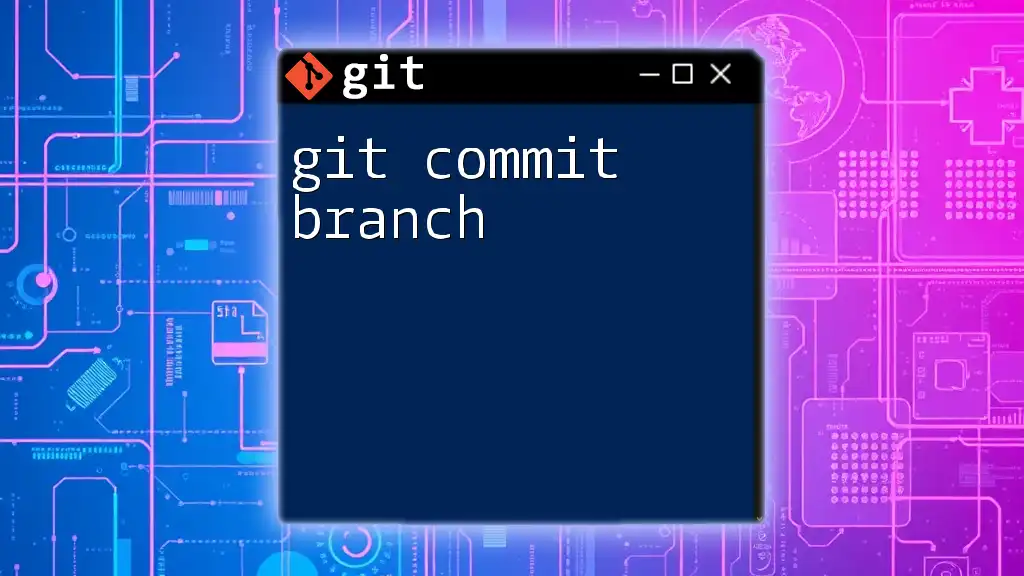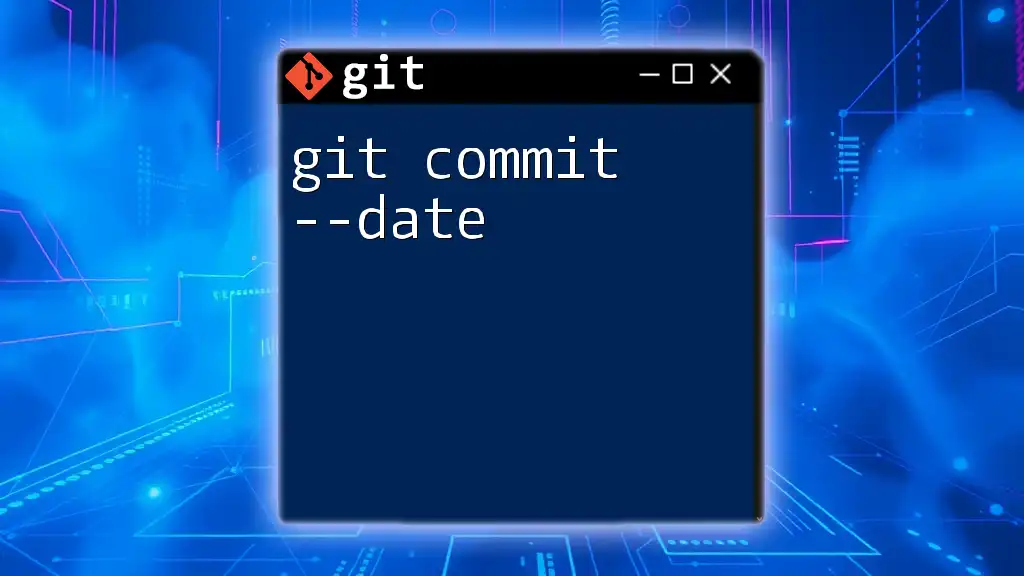A Git commit convention establishes standardized practices for writing commit messages, ensuring clarity and consistency in version history.
git commit -m "feat: add user authentication module"
Understanding Git Commits
What is a Git Commit?
A Git commit is essentially a snapshot of your project's changes at a particular point in time. Each commit holds a set of changes made to the files in a repository and includes a unique identifier, a timestamp, and metadata about the user who made the changes. Commits act as the backbone of version control, allowing developers to keep track of progress and changes over the lifespan of a project.
Importance of Git Commits
Understanding the significance of git commits is crucial for effective project management. Key importance includes:
- Transparency: Commit logs provide a historical record, enabling team members to see what changes were made and when.
- Collaboration: Multiple developers can work on a project simultaneously, with git assuring that all changes can be merged properly.
- Reversion: If something goes wrong, you can easily revert back to a previous commit, thus saving time and resources.
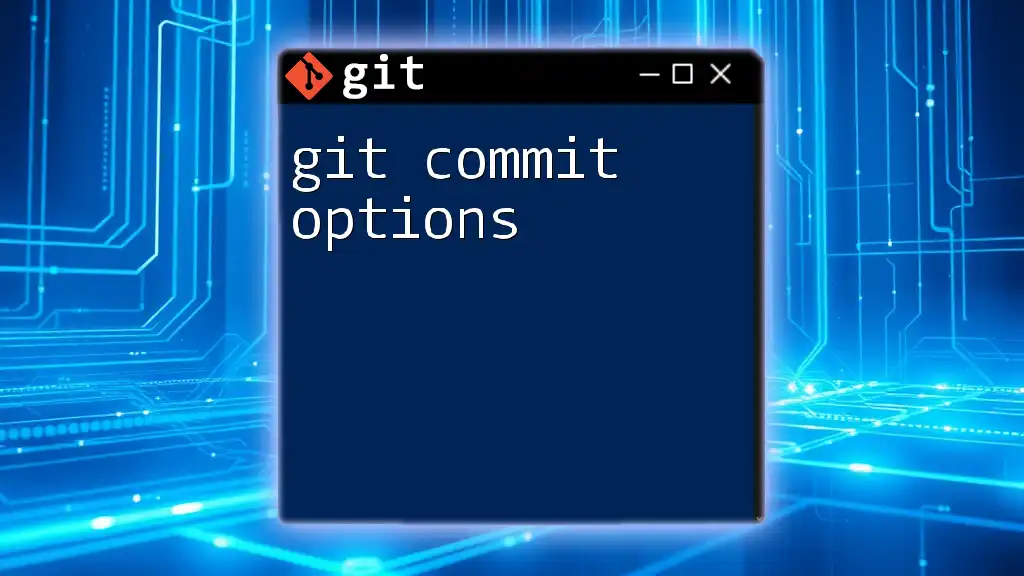
Overview of Commit Conventions
What is Commit Message Convention?
A commit message convention is a structured set of rules that dictate how to write commit messages. Following these conventions not only standardizes communication among team members but also improves the overall quality of the project documentation.
Benefits of Following Commit Conventions
Adopting a commit convention enhances teamwork in several ways:
- Improved Communication: Clearly defined and consistent messages make it easier for all team members to comprehend what each commit entails.
- Easier Code Review: A well-structured commit history simplifies the understanding and evaluation of changes during code review sessions.
- Enhanced Automation: Commit messages can be parsed by automation tools, allowing for easier integration with project management systems and continuous integration pipelines.
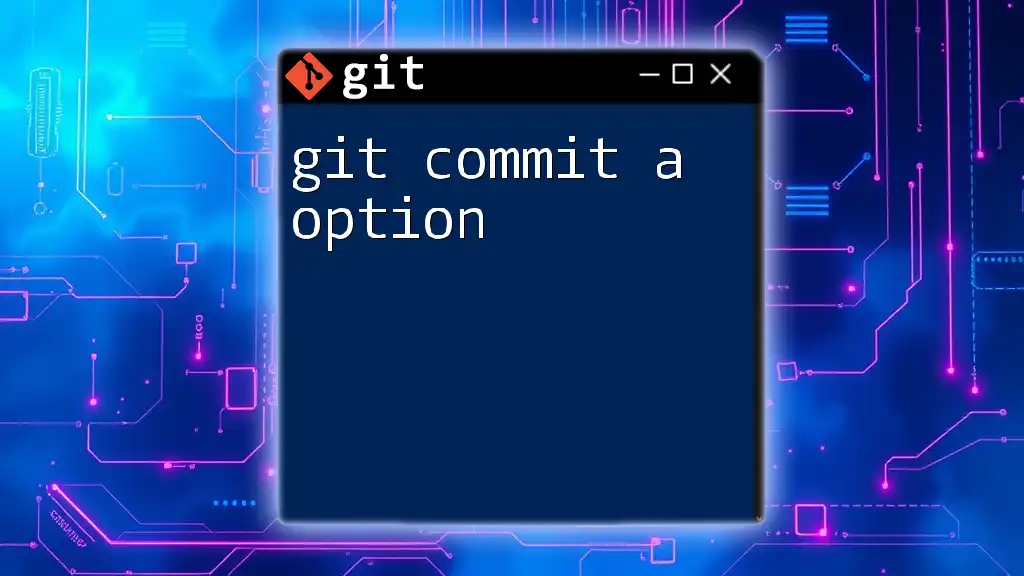
Major Commit Message Formats
Conventional Commits
Structure
The Conventional Commits format is widely adopted in the developer community. It encourages a standard way to structure messages, which generally follows this format:
<type>[optional scope]: <description>
Example:
feat(button): add primary color option
Commit Types
Several predefined types are used in this convention:
- feat: Indicates a new feature has been added to the project.
- fix: Represents a bug fix that improves the application.
- docs: Changes related only to documentation.
- style: Refers to formatting changes that do not affect the actual functionality.
- refactor: Indicates a change made to the codebase that neither fixes a bug nor adds a feature.
- perf: A change that enhances performance.
- test: Involves the addition of new tests or updates to existing ones.
- chore: Changes related to the build process or auxiliary tools.
Gitmoji Commit Guidelines
What is Gitmoji?
Gitmoji is a fun yet effective convention that integrates emojis into commit messages, providing a quick visual representation of the changes. By using emojis, developers can add context to their commits without verbose descriptions.
Examples of Gitmojis
- 🚀 (`:rocket:`): Used for new features, showing excitement for enhancements.
- 🐛 (`:bug:`): Indicates bug fixes, alerting team members to underlying issues.
- 📚 (`:books:`): Used for documenting changes, signalling updates to guides or README files.
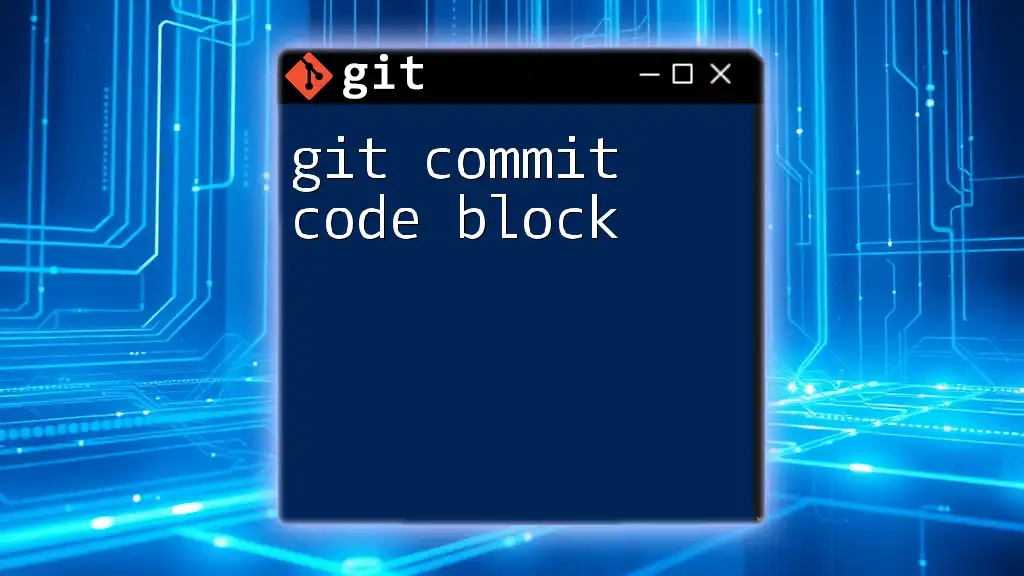
Writing Effective Commit Messages
Best Practices
Be Concise and Descriptive
While it's essential to provide enough context in your commit messages, ensure that they remain concise. Aim for a maximum of 72 characters in the first line. This length keeps the message readable on all displays.
Example:
fix(upload): resolve file upload error in form
Use the Imperative Mood
When crafting your messages, write in the imperative mood. This approach describes what the commit does rather than what it has done. This style becomes effective in creating a clearer narrative of the code's evolution.
Example: Instead of saying "added new feature," use "add new feature."
Include Context and References
Treat the commit messages like a history report. If relevant, include references to issue trackers or linked discussions to provide additional context. Mentioning the issue number or the pull request in the message can help track associated changes effectively.
Example:
feat(api): add user authentication (#123)
Avoiding Common Mistakes
- Vague Commit Messages: These can lead to confusion among team members. Messages like "fixed stuff" should be avoided at all costs.
- Overly Long Messages: Strive to maintain focus. Long-winded messages can make reviewing history cumbersome and tedious.
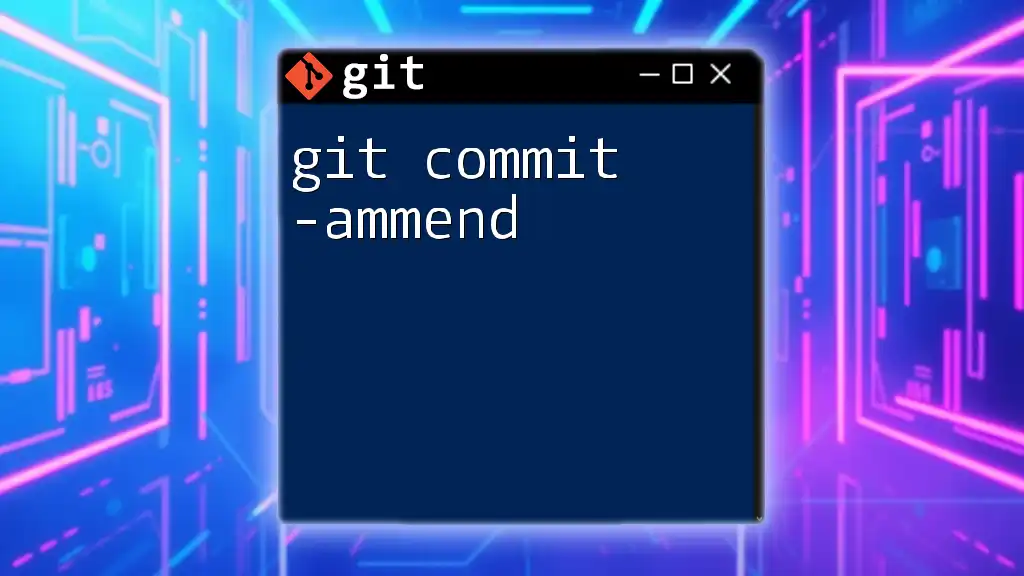
Tools and Resources for Commit Convention
Automated Tools
Git Commitizen
Git Commitizen offers an interactive way for developers to adhere to commit conventions. It provides prompts that guide you through crafting standardized commit messages, ensuring that all team members maintain consistency and clarity.
CI/CD Integration
Integrating your commit convention with CI/CD pipelines can automate checks, forcing adherence to message standards before code merges. This automation imposes discipline and minimizes human error.
Learning Resources
Several resources can help you deepen your understanding of commit conventions:
- Documentation and Articles: Explore official documentation that outlines commit conventions and best practices for various platforms.
- Recommendation: Dive into blogs, tutorials, and community-driven guides to get insights from experienced developers.
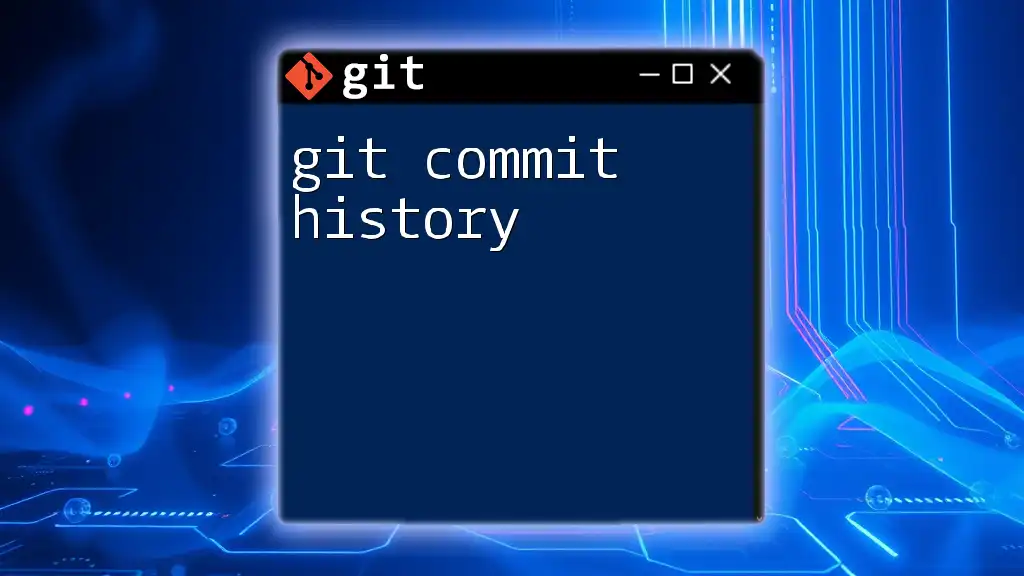
Conclusion
Recap of Commit Conventions
To summarize, following a commit convention is invaluable in establishing clear, effective communication within a team. A well-structured commit message lays the groundwork for solid collaboration and project documentation that can withstand the test of time.
Call to Action
Now is the perfect time to start implementing git commit conventions in your workflow. Explore the tools and practices discussed in this guide to enhance your Git experience and collaborate more effectively with your team.

